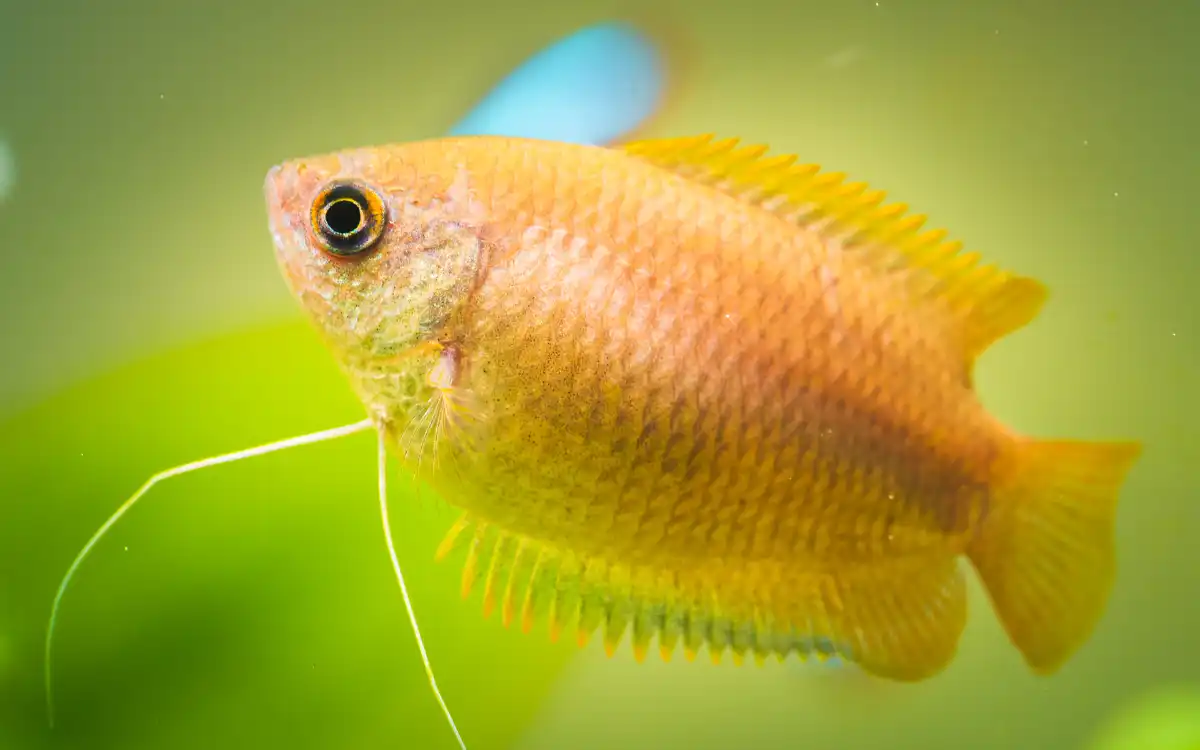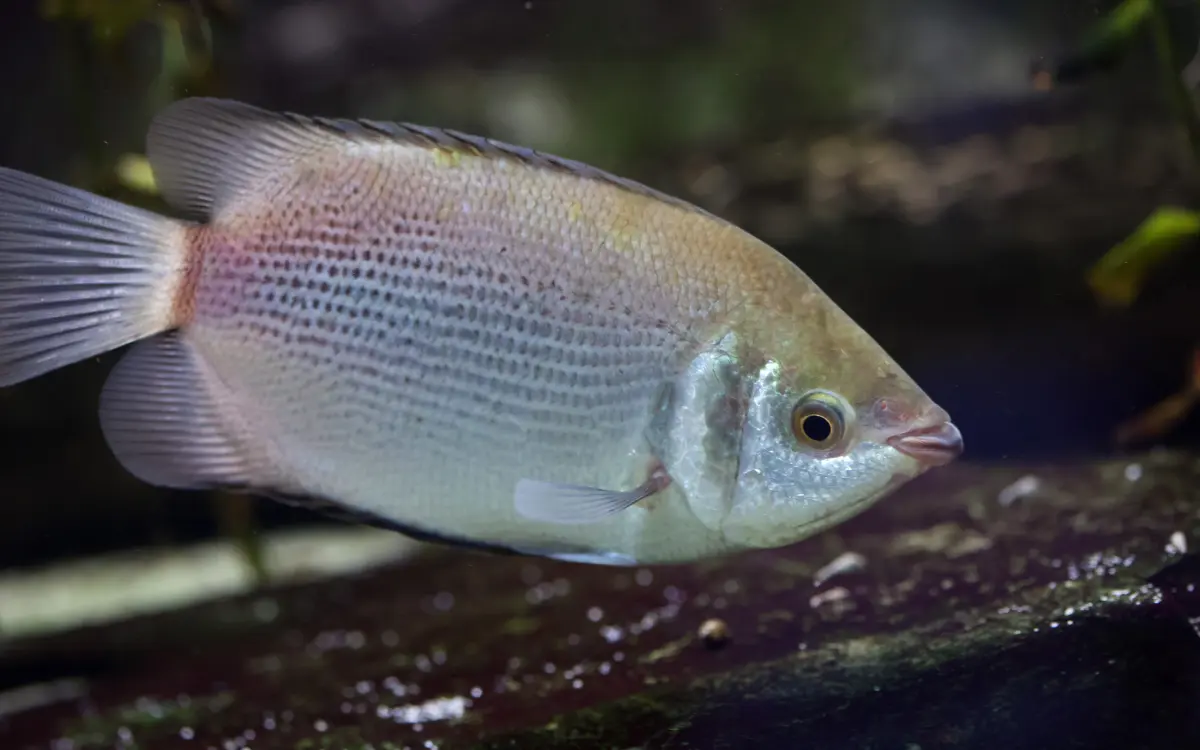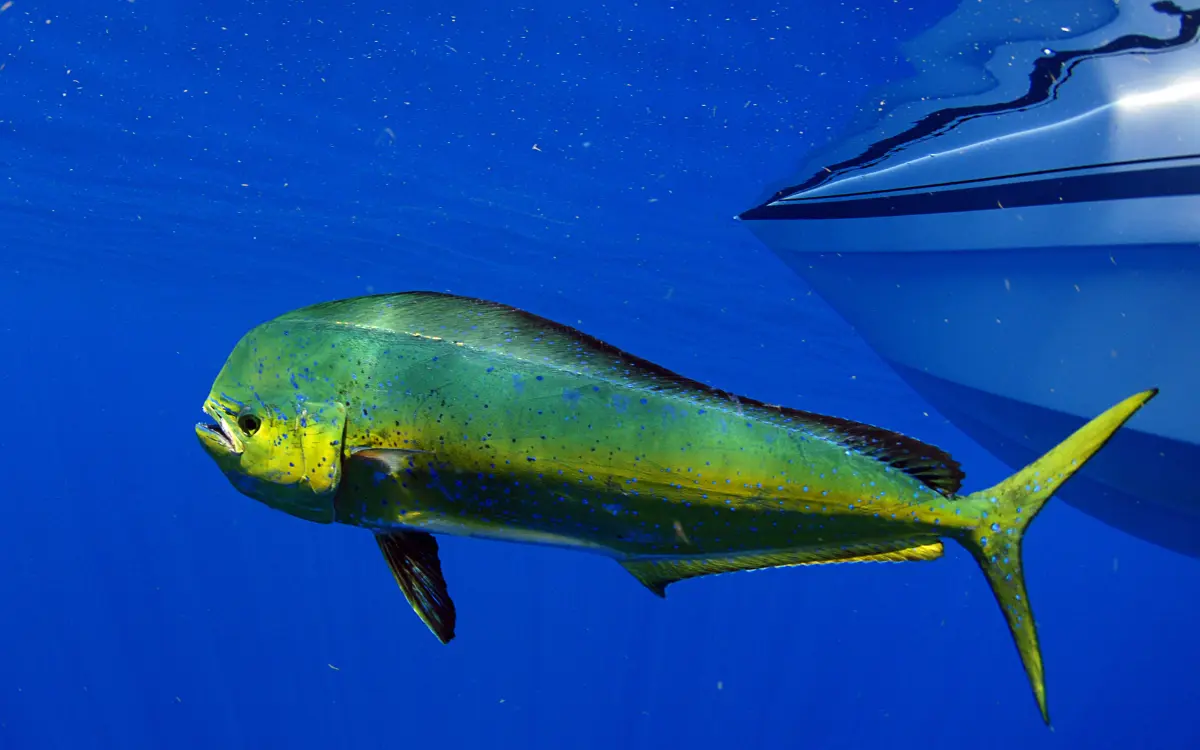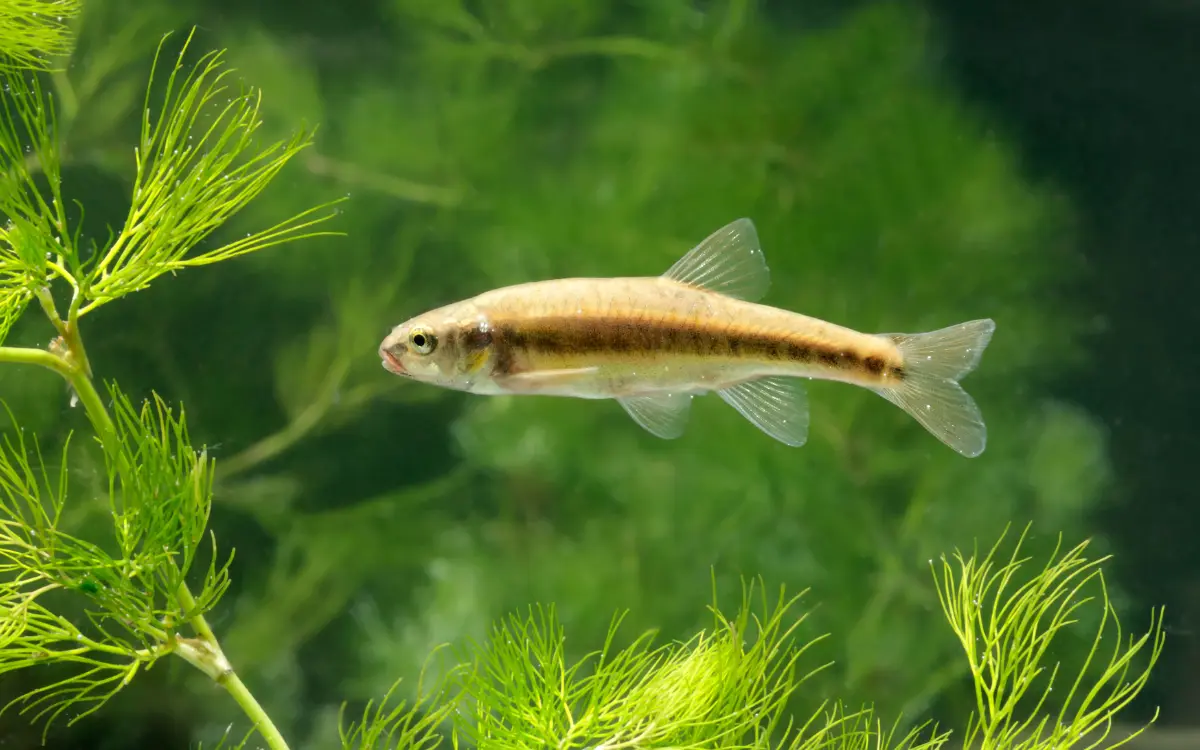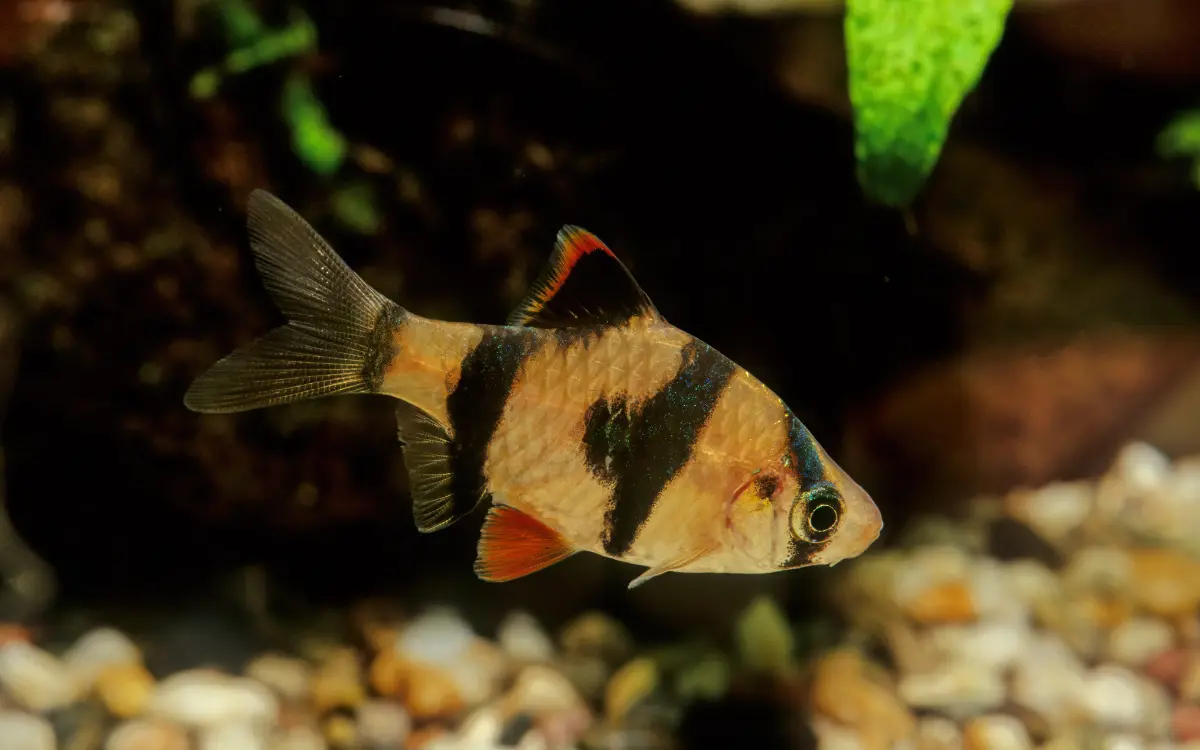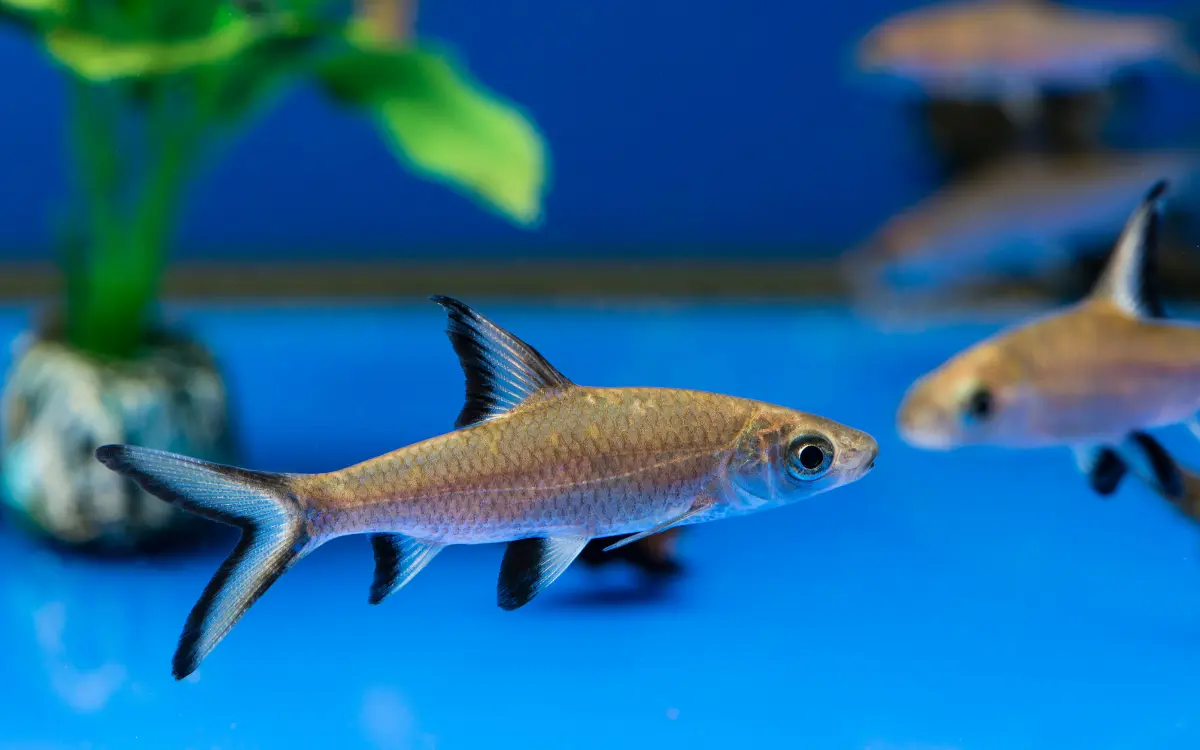17 fish With Legs (That Walk on Land or Sea Floor)
Some fish don’t just swim they walk. While they don’t have true legs, several species have evolved fin-like limbs that allow them to crawl on land, mud, or the ocean floor. These fish, often called “walking fish,” showcase nature’s incredible adaptability.
From the land-hopping mudskipper to the prehistoric Tiktaalik, this list features 17 fish that blur the line between aquatic and terrestrial life. Whether you’re curious about evolution or aquarium oddities, you’ll find fascinating creatures here that move in ways most fish can’t.
Quick Table
| Fish Name | Type | Walks On |
| Mudskipper | Amphibious | Land & mud |
| Walking Catfish | Freshwater | Land |
| Epaulette Shark | Saltwater | Sea floor |
| Frogfish | Saltwater | Coral, rock |
| Handfish | Saltwater | Sea floor |
| Bichir | Freshwater | Bottom & short land crawl |
| Tiktaalik (extinct) | Transitional | Shoreline |
Freshwater Fish That Crawl or “Walk”
1. Bichir (Polypterus spp.)
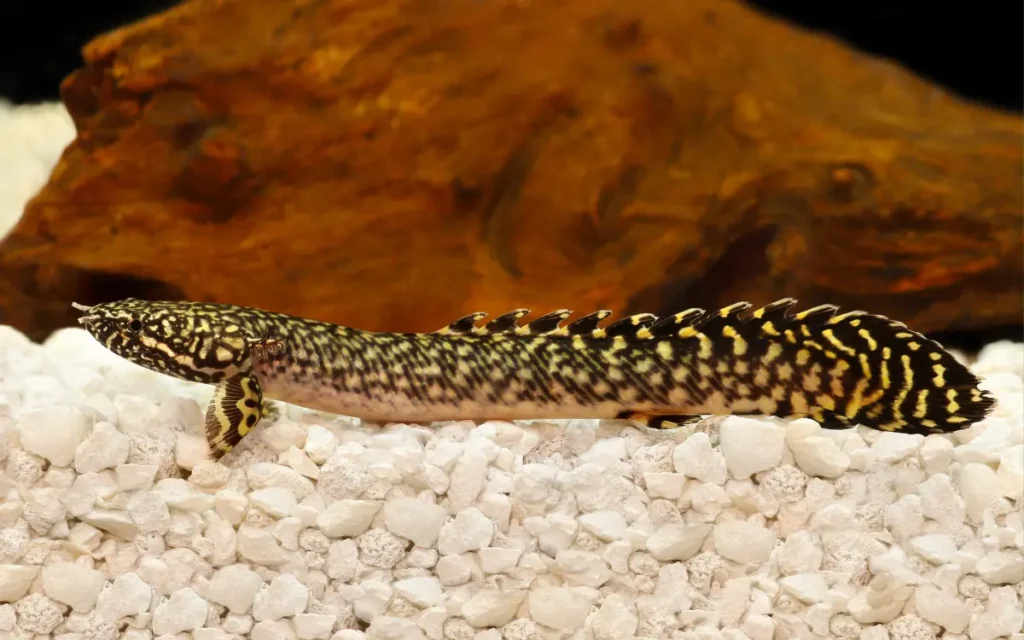
Type: Freshwater
Size: Up to 30 inches
Walks on: Bottom of tank, short land crawl
Aquarium Friendly: Yes — with large tank and lid
The Bichir is a prehistoric-looking fish with lobed fins that help it crawl across tank bottoms—and even short distances on land if moist. They can breathe air using a primitive lung and are known for their snake-like movement. Popular among aquarists, but need tight lids and plenty of space.
2. Climbing Gourami (Anabas testudineus)
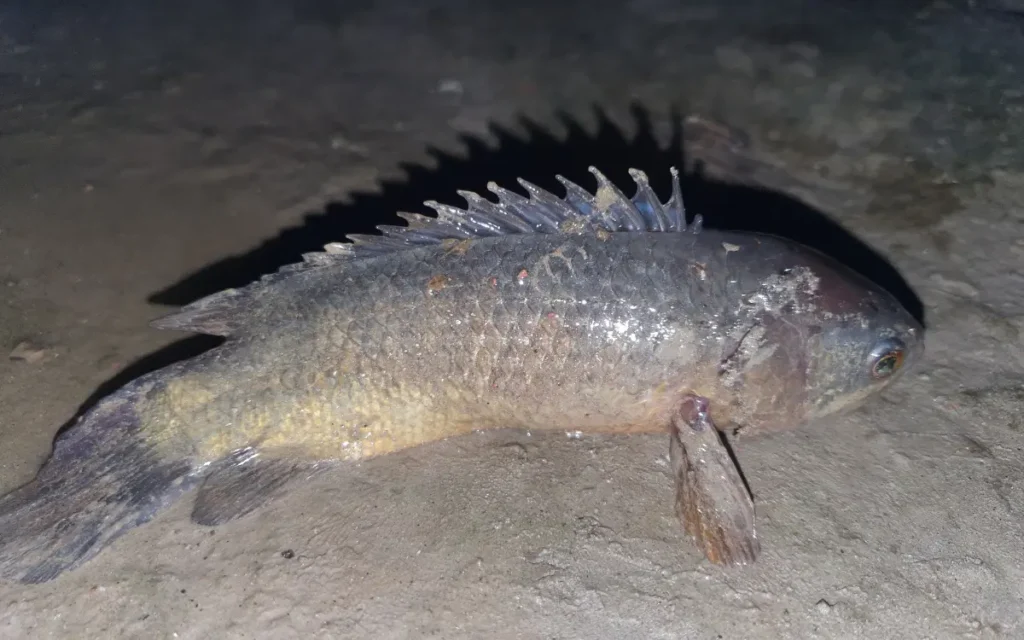
Type: Freshwater
Size: Up to 10 inches
Walks on: Wetland or short grass
Aquarium Friendly: Yes — but needs space and oxygen access
Known as the “Climbing Perch,” this fish can breathe atmospheric air and move across damp land. It uses its gill plates and strong fins to inch forward. Found in parts of Asia and Africa, it’s a curious species with a true survival instinct.
3. Walking Catfish (Clarias batrachus)
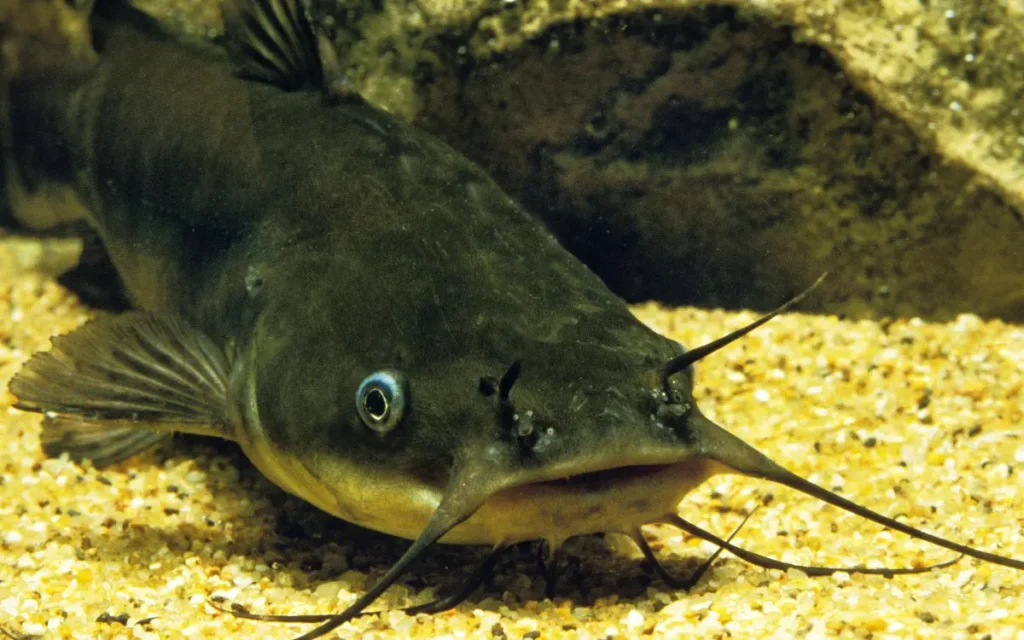
Type: Freshwater
Size: Up to 24 inches
Walks on: Land between water bodies
Aquarium Friendly: Yes — for experienced aquarists
The Walking Catfish doesn’t just survive on land—it actively travels between ponds and puddles using its pectoral fins. It breathes air and thrives in muddy, low-oxygen environments. It’s peaceful, but large and messy, so tank setup must be robust.
4. Mudskipper (Periophthalmus spp.)
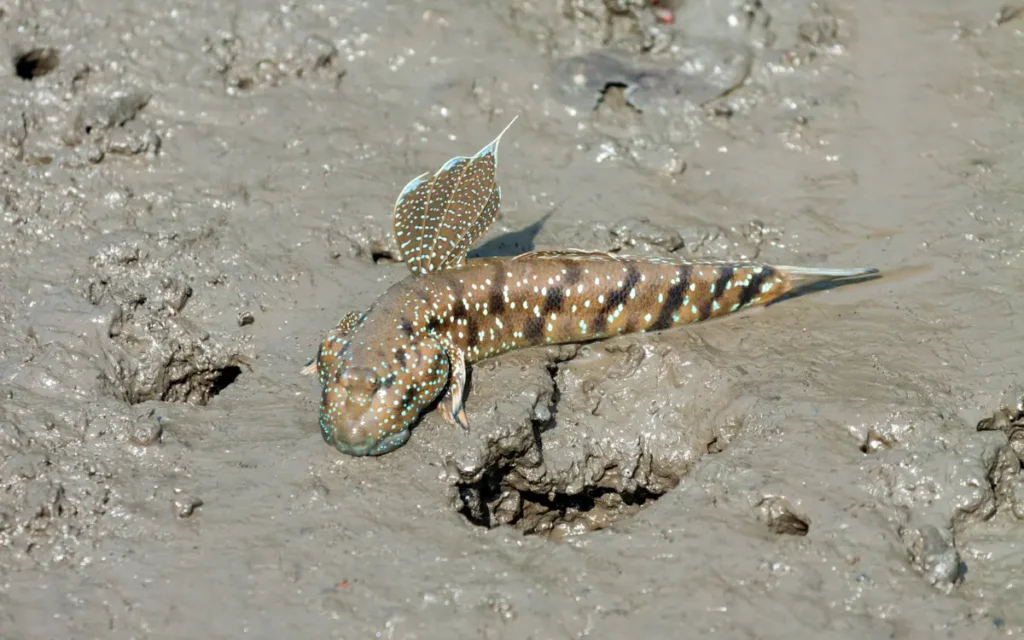
Type: Amphibious
Size: 3–10 inches
Walks on: Land, mudflats, roots
Aquarium Friendly: Yes — for brackish paludariums
Mudskippers are the most iconic “walking fish.” They live in muddy coastal areas, climb mangrove roots, and even skip across land using their strong pectoral fins. They breathe through their skin and mouth lining, needing both land and water in captivity. Great for brackish aquariums with a land area.
5. Epaulette Shark (Hemiscyllium ocellatum)

Type: Saltwater
Size: Up to 42 inches
Walks on: Ocean floor, tidepools
Aquarium Friendly: Only in large marine tanks (250+ gal)
This reef-dwelling shark is famous for “walking” across the sea floor using its muscular pectoral and pelvic fins. It’s also one of the few fish that can survive out of water for short periods—perfect for tidepools. Peaceful but needs a lot of space and expert care.
6. Frogfish (Antennariidae family)
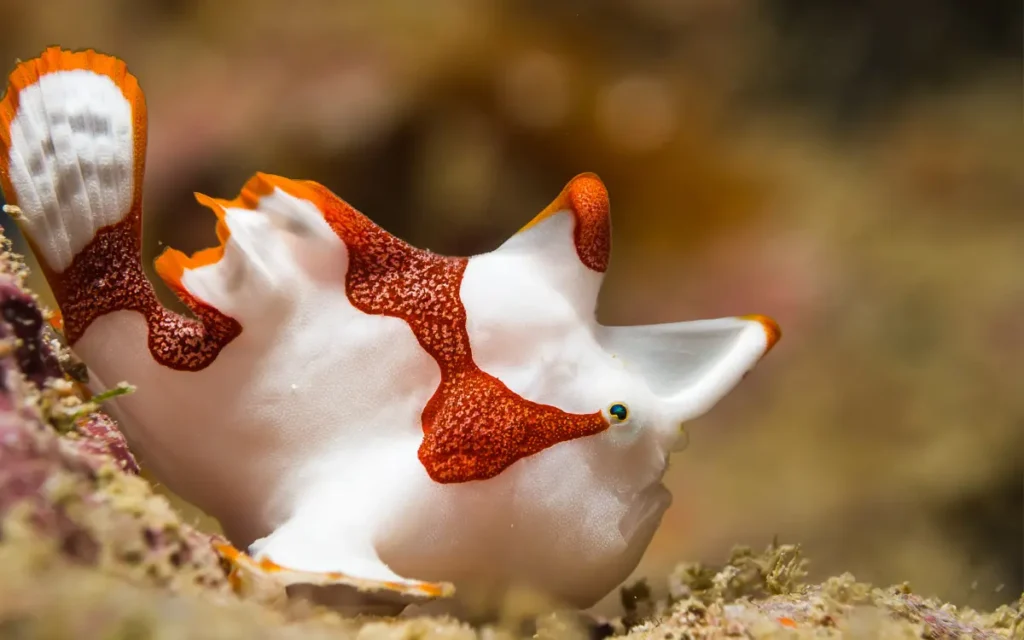
Type: Saltwater
Size: 1–15 inches
Walks on: Coral, rock, sand
Aquarium Friendly: Yes — for nano reef or species-only tanks
Frogfish are ambush predators that “walk” along the sea floor using their pectoral fins like legs. They’re slow swimmers and rely on camouflage and stealth, blending perfectly with sponges or coral. Despite their odd look, they’re kept in aquariums by advanced hobbyists.
7. Polypterus Lapradei (Saddled Bichir)
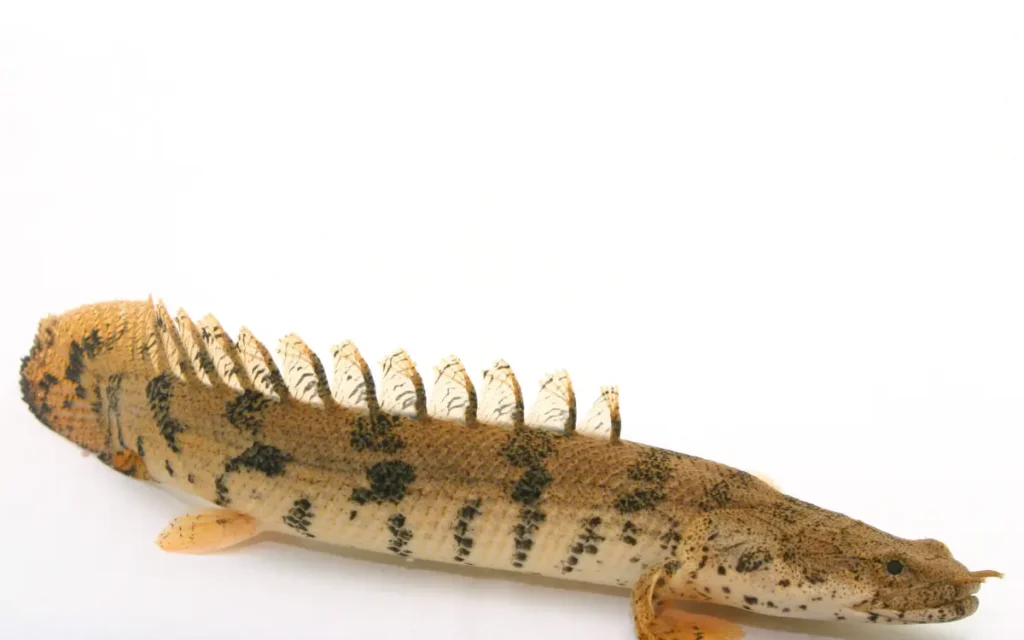
Type: Freshwater
Size: Up to 30 inches
Walks on: Bottom surface
Aquarium Friendly: Yes — needs secure lid
This Bichir species is often called a “living fossil.” It has limb-like fins, a primitive lung, and can survive briefly out of water. In aquariums, it prefers hiding and slowly crawling along the substrate. Just be sure the tank is large and tightly sealed—they’re expert escape artists!
8. Red Gurnard (Chelidonichthys cuculus)
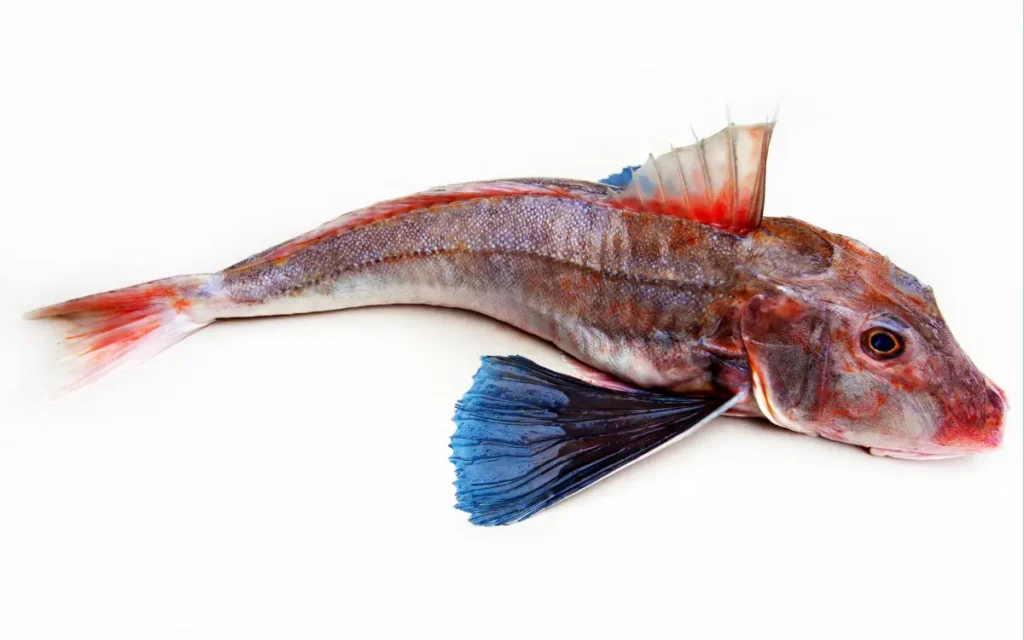
Type: Saltwater
Size: Up to 18 inches
Walks on: Sea floor
Aquarium Friendly: Not common in hobby trade
The Red Gurnard walks across the sea floor using finger-like rays that extend from its fins. These rays are packed with sensory cells, helping it search for food in sand. Its vivid red body and “winged” appearance make it a stunner in the wild.
9. Red-lipped Batfish (Ogcocephalus darwini)
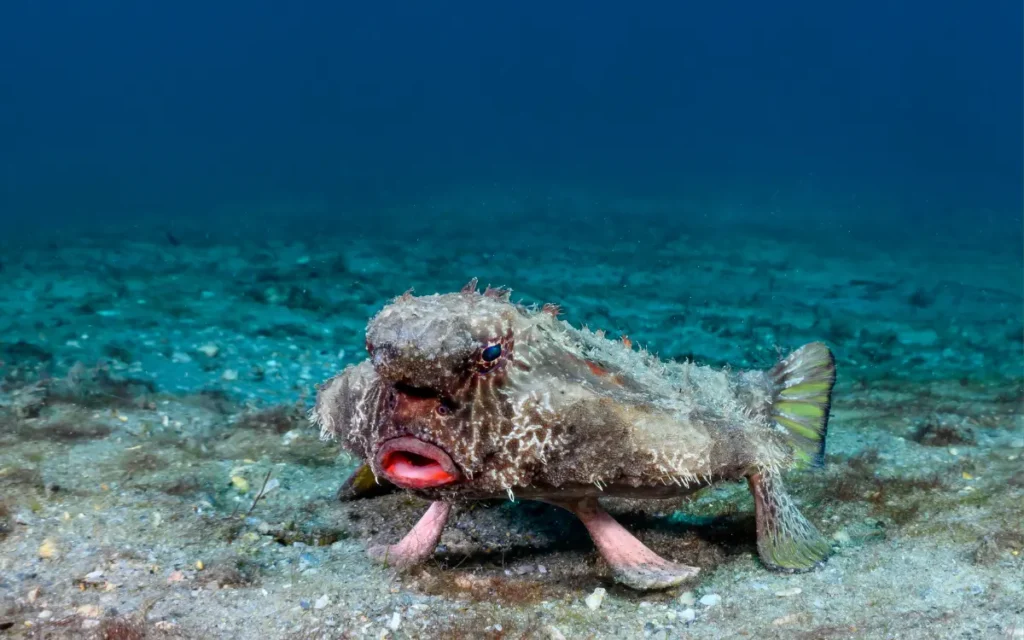
Type: Saltwater
Size: Up to 10 inches
Walks on: Sea floor (Galápagos, Peru)
Aquarium Friendly: No — wild-only species
Famous for its bright red lips, this oddball uses its arm-like fins to walk rather than swim. It lives in deep sandy seabeds and feeds on crustaceans and small fish. One of the most bizarre-looking fish you’ll ever see — but not kept in home tanks.
10. Sea Robin (Triglidae family)
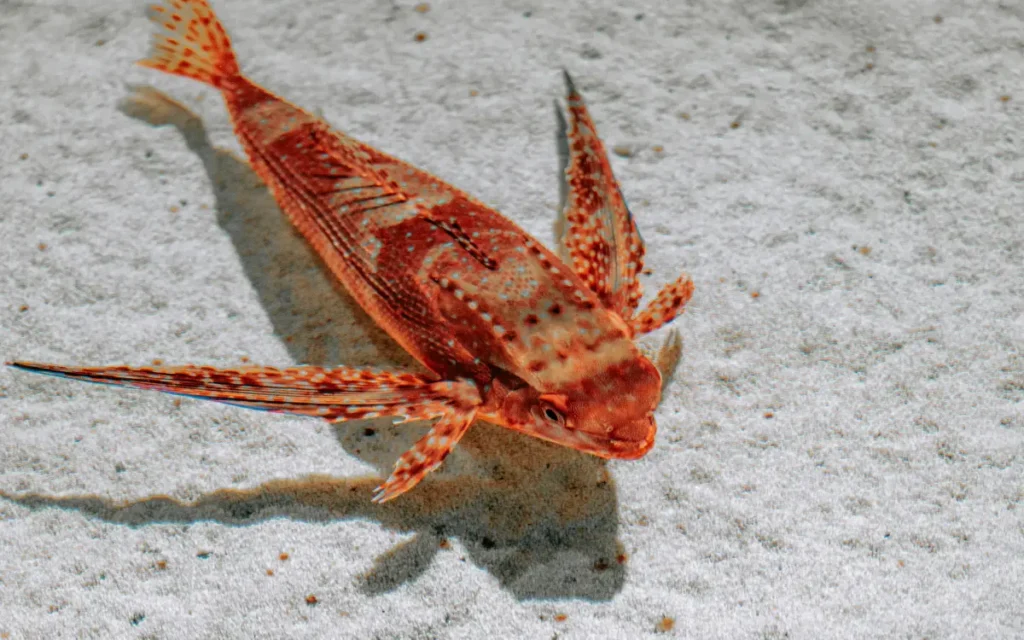
Type: Saltwater
Size: Up to 18 inches
Walks on: Ocean floor
Aquarium Friendly: Rare in hobby, needs large tank
Sea Robins have large, wing-like fins and leg-like extensions used for crawling. These “legs” are actually spiny fin rays adapted for bottom-walking and prey detection. Though not popular in aquariums, they’re often seen in shallow Atlantic waters.
11. Snakehead Fish (Channa spp.)

Type: Freshwater
Size: Up to 3 feet
Walks on: Wet land between water bodies
Aquarium Friendly: Yes — for advanced keepers only
Snakeheads can move over land by wriggling and using their pectoral fins. They breathe air and can survive in low-oxygen environments. Due to their aggressive and invasive nature, they’re banned in some regions. Best kept solo in very large aquariums.
12. Spotted Handfish (Brachionichthys hirsutus)
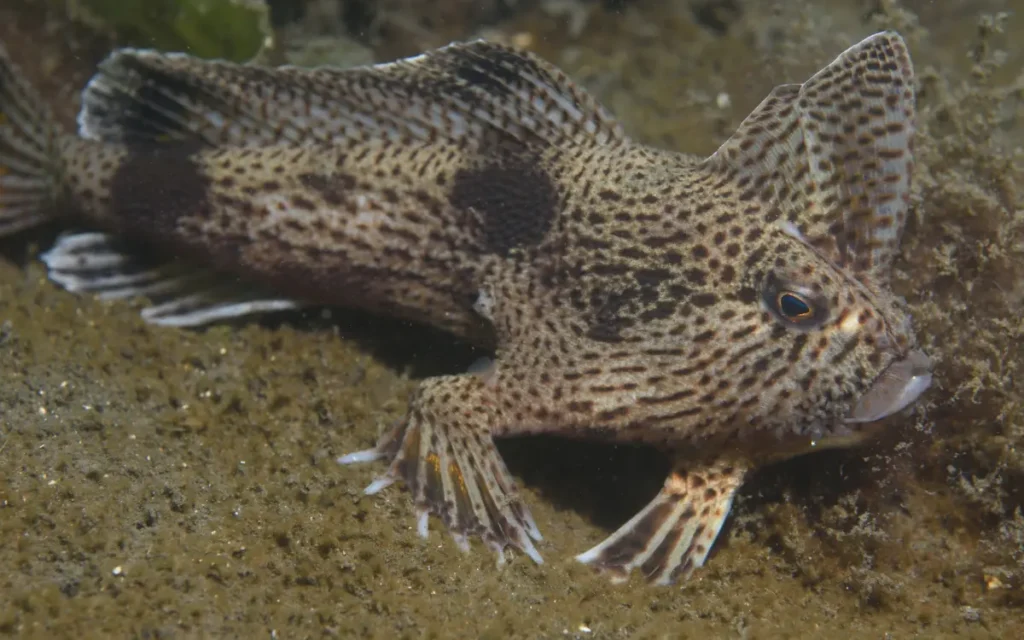
Type: Saltwater
Size: Up to 5 inches
Walks on: Sea floor (Tasmania)
Aquarium Friendly: No — critically endangered
This rare fish doesn’t swim it walks using its hand-like fins. Native to Tasmania’s estuaries, the Spotted Handfish is a conservation icon. With its spotted body and stiff, crawling motion, it’s one of the few true “walking” marine species. Not available in trade.
13. Walking Catfish (Clarias batrachus)

Type: Freshwater
Size: Up to 24 inches
Walks on: Land during rain or drought
Aquarium Friendly: Yes — with care and secure lid
Famous for its ability to walk across land using strong pectoral fins and breathing air, the Walking Catfish is hardy, adaptable, and peaceful but messy. Needs a tightly sealed tank to prevent escapes and a strong filtration system.
14. Warty Frogfish (Antennarius maculatus)

Type: Saltwater
Size: Up to 6 inches
Walks on: Coral, rock
Aquarium Friendly: Yes — for advanced hobbyists
This camouflaged ambush predator “walks” rather than swims, blending in perfectly with corals. It uses its pectoral and pelvic fins to crawl slowly, waiting for prey to come close. Ideal for species-only or nano-reef setups.
15. West African Lungfish (Protopterus annectens)

Type: Freshwater
Size: Up to 3.3 feet
Walks on: Mud, shallow river beds
Aquarium Friendly: Yes — large tanks only
This lungfish can crawl through mud during droughts and survive for months without water. Its strong, fleshy fins help it move along the substrate in search of food or better conditions. Requires a huge tank and secure cover.
16. West Indian Ocean Coelacanth (Latimeria chalumnae)
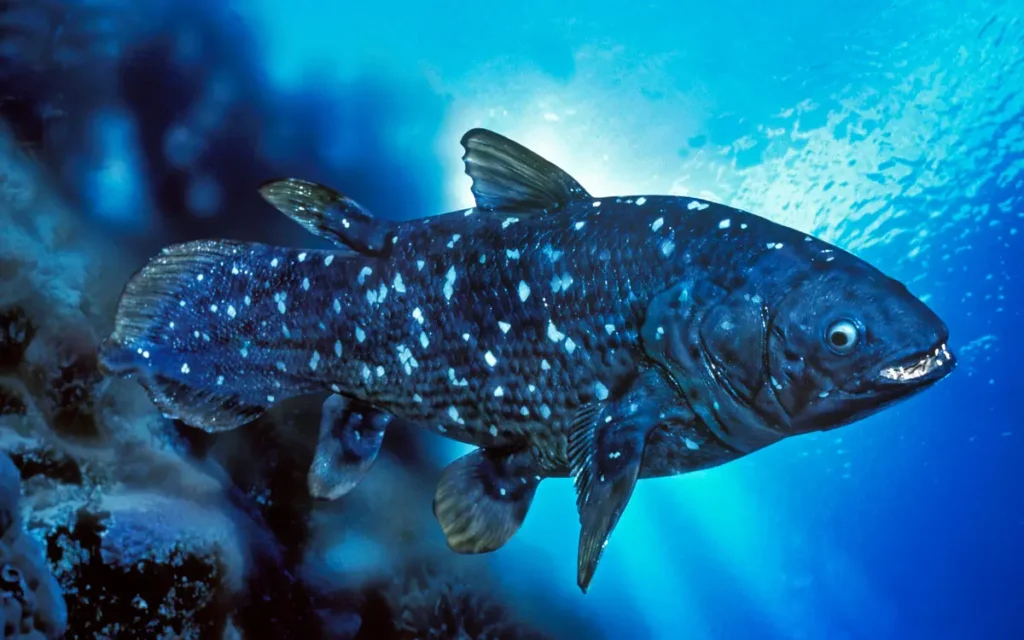
Type: Deep-sea
Size: Up to 6.5 feet
Walks on: Sea floor (deep ocean caves)
Aquarium Friendly: No — deep-sea, not captively kept
Once thought extinct, the Coelacanth is a true “living fossil.” Its lobed fins move like limbs, and it uses them to stabilize and walk slowly across the ocean floor. It’s a vital link in understanding how fish evolved limbs. Due to its deep-sea habitat, it’s not kept in home aquariums.
17. Flying Gurnard (Dactylopterus volitans)
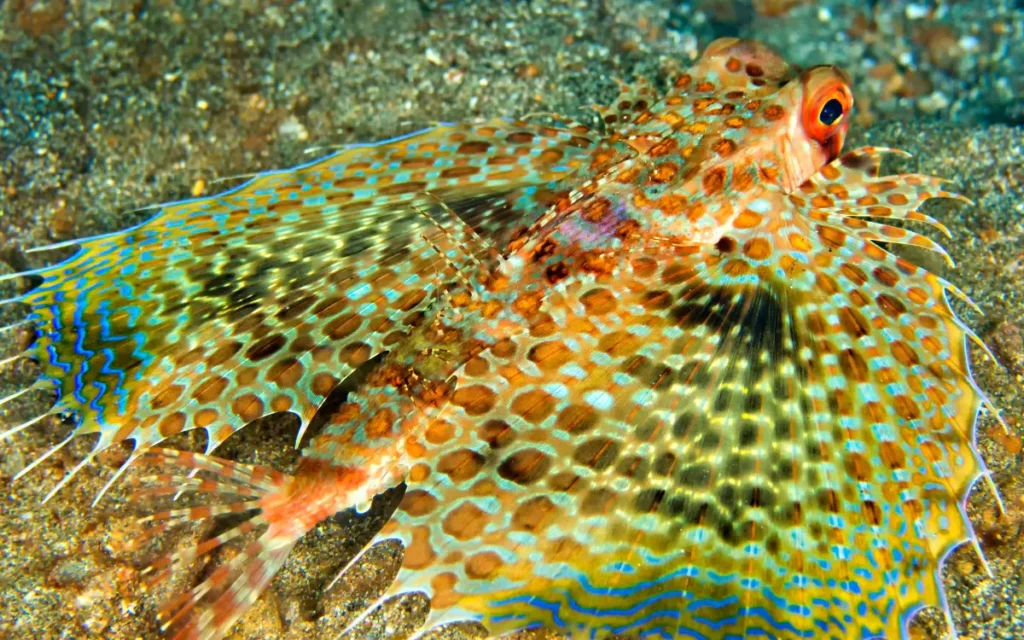
Type: Saltwater
Size: Up to 15 inches
Walks on: Sandy sea floor
Aquarium Friendly: Rare — needs large, peaceful marine tank
Despite the name, Flying Gurnards don’t fly—but they do “walk” using modified pelvic fins. These fins extend like legs and help them probe the sand for food. Their large pectoral fins spread out like wings, making them visually stunning bottom dwellers.
Read also:
22 Fish with Big Eyes To Explore
FAQs
Do any fish have real legs?
No fish have actual legs, but some species use modified fins to crawl, walk, or scoot across land or sea floors.
Can fish walk on land?
Yes — mudskippers, walking catfish, snakeheads, and climbing gouramis can walk short distances on land.
What is the most famous walking fish?
Mudskippers are the most iconic for their land-walking ability, followed by the Epaulette Shark and Walking Catfish.
Which fish is closest to developing legs?
Fossil species like Tiktaalik and Panderichthys had limb-like fins and are considered evolutionary links to land animals.

